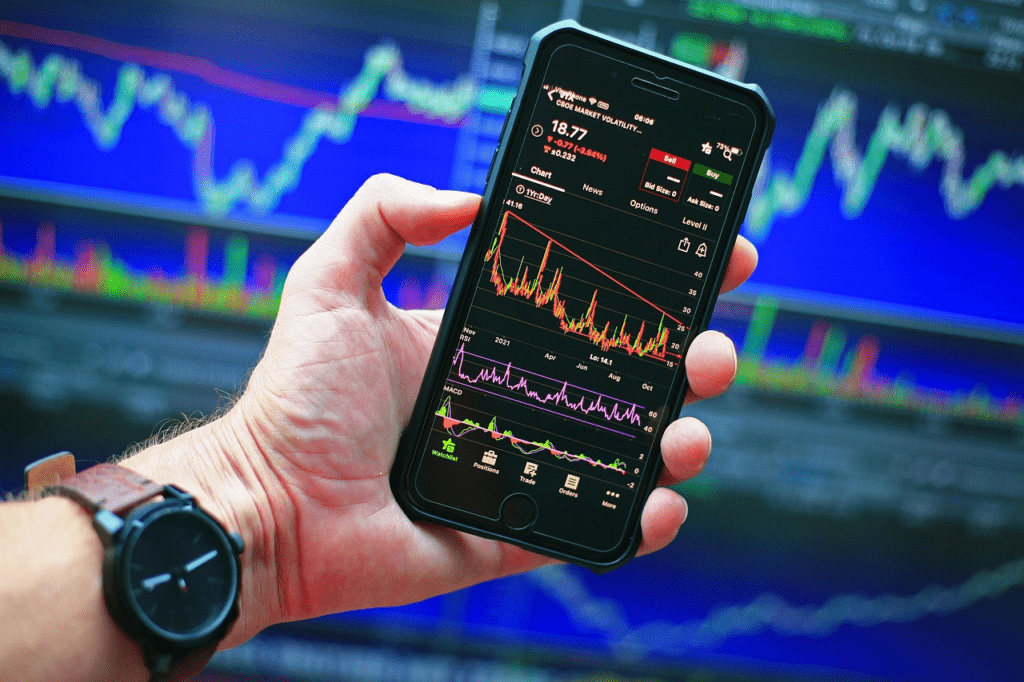03/06/2024
03/06/2024
There’s more to wealth-building than investing in financial instruments. Investing is buying assets and profiting from value appreciation. Trading is speculation in asset prices and profiting from both rising and falling markets.
To begin trading, open an account with a securities broker. You can then use a trading platform to place your trade orders on various products, including contracts for differences or CFDs.

What Is a Contract for Differences?
As its name suggests, a contract for differences or CFD is an agreement. It vests a contractual obligation on two parties:
- Party A: you, the trader
- Party B: another entity, typically the CFD broker
What do you and the other party agree to do? You promise to exchange the difference in the price of an underlying asset between the time the contract is drawn and the time the contract is ended.
CFDs let you speculate on asset price changes. Will the price rise or fall? The CFD trade you make depends on your predicted price direction. If you think prices will increase, you will buy CFDs (i.e., go long) on that asset. If you believe the opposite, you will sell CFDs (i.e., go short) on that asset instead.
What’s the underlying asset? It can be anything that is traded in exchanges. The following are examples of assets on which CFDs may be bought and sold:
- Shares
- Commodities
- Exchange-traded funds (ETFs)
- Crypto
- Indices
- Futures
What does it mean to ‘exchange the difference in the underlying asset’s price between contract start and contract end’? The example below will show you.
Suppose you opened a £10,000 CFD buy position on Company XYZ shares when they were selling for £50 per share. That amount got you 200 contracts or CFDs.
After 15 days, XYZ’s stock prices increased to £55 per share. That’s a price difference of £5 per CFD. Therefore, your 200 CFDs valued at £10,000 (200 x £50) have grown to be worth $11,000 (200 x £55). You close your position, netting a £1,000 profit before fees and commissions.
Where does the profit come from? It comes from the other party in your CFDs. From those who sold the CFDs you bought.
Remember that a CFD is a contract between two parties to exchange the difference in the underlying asset’s price from contract open and contract close. In the above example, since the underlying price has increased, you (who wagered that the price would rise and, thus, bought CFDs) gain the difference between the price at the contract start (£50) and the price at the contract end (£55). Meanwhile, the other party (who wagered that the price would decline and, thus, sold CFDs) pays for that difference.
Important Features of CFDs: Things to Remember
CFDs have the following characteristics:
1. CFDs are financial derivatives.
CFDs are derivative instruments, and trading CFDs is not equivalent to investing in their underlying assets. In other words, if you trade Amazon CFDs, you’re not investing in Amazon shares.
Therefore, CFD trading does not vest ownership interest in the underlying asset. Buying CFDs on Alphabet shares does not give you shares in Alphabet stock.
2. CFDs let you profit from rising and falling markets.
CFDs are speculative instruments. When you buy CFDs on an asset, you will profit if that asset’s price increases. When you sell CFDs, you will profit if that asset’s price falls.
To illustrate, suppose you open a £10,000 short or sell position on Company XYZ share CFDs, speculating that share prices will fall. When you opened your position, share prices were at £50 per unit, so your £10,000 means 200 contracts.
After 15 days, you close your position. At this time, Company XYZ stock has fallen from £50 to £45 per share, which means a £5 difference in prices between contract start and end.
In this situation, although share prices have fallen, you would still earn a profit of £1,000 before fees and commissions. That’s equivalent to the 200 contracts you have and the £5 price difference on each that the other party in your contracts has agreed to pay.
3. CFDs track market prices.
In CFDs, contracts are taken out based on asset price differences. Therefore, CFDs track the market price of their underlying assets.
CFDs, therefore, give you exposure or let you profit from the price changes of shares, futures, commodities, ETFs, and other assets without needing to own these assets. It’s unlike actual investing, where ‘buying’ means getting an ownership stake in the asset you buy.
4. You can use leverage when trading CFDs.
When you trade CFDs, you initially pay only a fraction of your open position. This makes CFDs attractive to day traders. You can get exposure for £20,000 but pay only £1,000 (your margin). Using the earlier Company XYZ share CFD example, at a 1:20 leverage, you would have made a £2,000 profit on a £1,000 initial spend or margin.
Just remember, however, that leverage goes both ways. Your minimal deposit exposes you to potential losses on your entire position.
Trade CFDs
CFDs are a derivative instrument you can trade on trading platforms.
CFD trading lets you participate and profit from the fluctuating prices of assets even if you don’t own those assets. Moreover, since CFDs are leveraged, you can start trading CFDs for a small amount.


